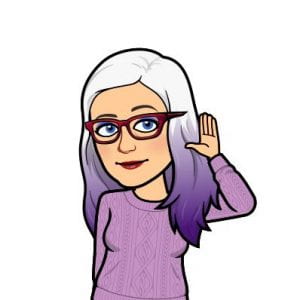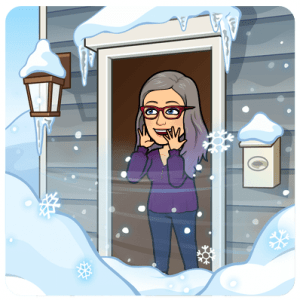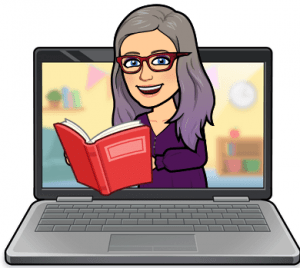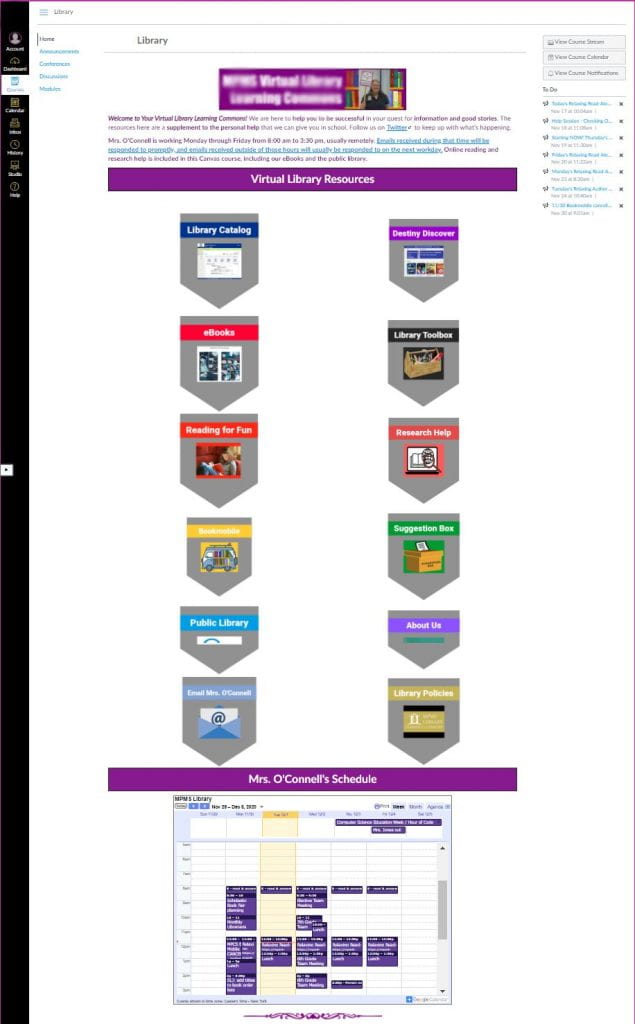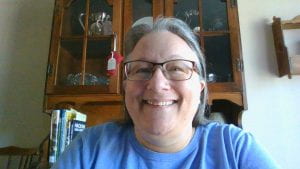It’s been over a year since I retired, and my former library assistant asked me to write up a bit about my work with the library. Although the job certainly has its ups and downs, I’m proud of what I was able to accomplish.
After 8 years of library experience at all grade levels with the adjoining county schools, Beth came to the current middle school in 2006 as its Librarian. She was the first certified school librarian to hold that position. She came on board in July 2006, just as the new middle school building was nearing completion.
Beth was given a dream budget of $10,000 to buy books for the new library. After spending the summer carefully selecting books, she planned the layout of the library and moved the collection onto the shelves. She and her Library Assistant opened the new library in October 2006, when the new building opened.
Although the architects were unaware of the teaching role of school librarians, Beth knew this was a crucial part of her job, and set up a classroom area with an interactive computer screen in the library. She collaborated with many classroom teachers to help students understand and implement information literacy. This included the basics of inquiry, understanding the influence of media, and teaching complete research projects, including grading student work.
Beth combined her adept use of technology with a love of literature, and encouraged students to explore books at regular class checkout times as well as individually. She worked with classroom teachers to help students discover their own reading interests. She was able to address almost every student by name, increasing student engagement with the library.
In 2009 the district eliminated the Library Assistant position from its school libraries. This threw a major wrench in the works for the library program. Beth managed to maintain basic book circulation, and worked to keep up with instruction, but it was an overwhelming task for one person, no matter how energetic or well trained. Her husband provided essential help with book fairs, and occasionally substitute teachers were able to assist with shelving books. After five years the Library Assistant position was reinstated. Presently the Library Assistant is an integral part of the library program, and continues to assist the current librarian.
In 2018 Beth spearheaded a transformation of the library space into a Library Learning Commons. This collaborative project involved district and school administration, and the Maintenance Department. In November 2018, Beth and the Library Assistant held the Grand Opening of the new Library Learning Commons. This was accompanied by a revamping of the library’s online presence through the Canvas learning management system used by the district. Thanks to the efforts of the Library Assistant, students and teachers especially enjoy the cozy reading area around the fireplace.
The COVID pandemic created a huge disruption for schools worldwide. Bethl found that she was still able to collaborate with teachers online, and work with classes and individuals. She drastically increased the electronic books (eBooks) collection to continue to provide students with reading opportunities. She held lunchtime remote read-aloud sessions for any students who wished to attend. She and the Library Assistant worked with the other district library staff to run a weekly Bookmobile so students would still have access to print books.
Throughout her tenure, Beth sponsored several student clubs, including a Rock Music Club, the Library Guild, and the Gaming Club. She worked with the IT department to provide free Minecraft accounts for interested students. Minecraft, a sandbox virtual world, facilitates thinking skills, collaboration, and creativity in people from elementary years through adulthood. She was able to continue offering after-school Minecraft gatherings remotely until her retirement.
Beth has facilitated information literacy and inspired immersion in stories, in whatever format they are available, from 1998 to her retirement in 2021. She is adept at balancing student needs with maintaining the library collection, assisting other teachers with professional development and curriculum design, and running daily library operations.





